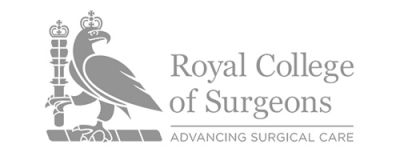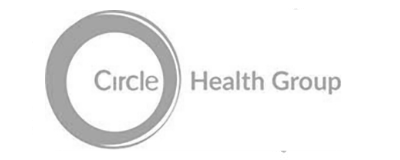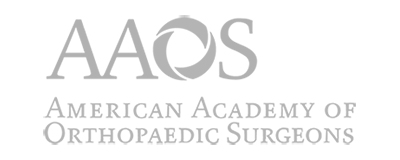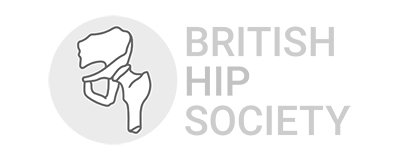PATELLAR INSTABILITY
The patella sits at the front of the knee and joins the quadriceps tendon to the top of the tibia. Its function is to improve the lever arm of the quadriceps muscle and thereby increase the strength of pull of that muscle. It is covered with articular cartilage on its back surface which articulates with the groove on the front of the femur (trochlea).
SYMPTOMS
The main symptom of patellar instability is either a patella that dislocates completely or partially (termed subluxation) during knee movement. Both of these are painful and as a result normal daily activities such as walking and climbing stairs are affected. Participation in sports is usually impossible. With time, damage is done to the articular cartilage on the back of the patella and also at the front of the femur. This can lead to the development of osteoarthritis.
CAUSES
There are, broadly speaking, two different types of patellar instability:
Post-traumatic instability
This follows an acute patella dislocation which usually requires a significant injury. Most dislocations settle with a period of rest followed by physiotherapy but recurrent dislocation can be problematic
Developmental instability
Here the relationship between the patella and the femoral trochlea is abnormal because it never developed properly. The patella can be too small or too high; the groove in the trochlea can be too shallow or even non-existent; the insertion point of the patellar tendon joining the patella to the tibia can be too lateral (too far to the outside of the knee) or there may simply be tightness in the soft tissues on the lateral (outer) side of the knee.
INVESTIGATION
Clinical examination may reveal weakness of the quadriceps muscle, tenderness at the front of the knee and irritability of the patellofemoral joint. The lateral soft tissues (along the outer side of the patella) may be very tight and abnormal movement of the patella may be seen as the knee bends and straightens. The patella may be dislocatable and in rare cases may even be completely dislocated with the knee straight.
Plain X-rays may show abnormal position or tilting of the patella, evidence of abnormal development (dysplasia) and may even show evidence of arthritis.
MRI scans combined with tracking studies can assess how the patella and femur work together as the knee moves. Measurements can be taken to gauge how ‘abnormal’ this relationship is; these give vital information if surgery is planned.
TREATMENT
First-time traumatic dislocations of the patella
The knee is usually splinted straight for about four weeks and then physiotherapy is commenced. The aims of physiotherapy are to regain the normal range of movement and to rehabilitate the quadriceps muscle. The most important part of the quadriceps is the vastus medialis muscle – on the medial (inner) side of the knee – which pulls the patella medially and keeps it in the trochlear groove.
Recurrent dislocations of the patella
These rarely settle with physiotherapy alone and usually require surgery. In these cases, as the relationship between the patella and femur was originally normal, a soft-tissue reconstruction usually suffices.
Tilting of the patella
This condition associated with anterior knee pain can be treated with arthroscopy and lateral release. This allows the patella to centralise within the groove.
Abnormal development (dysplasia)
Reconstruction of the soft tissues alone is rarely sufficient; the aim of surgery is to restore as normal an anatomy as possible. Usually this involves realigning the attachment of the patellar tendon to the tibia (called a tubercle osteotomy) as well as reconstruction of the soft tissues After any form of patellar stabilisation physiotherapy is essential.
Discussion with Nadim is important to answer any questions that you may have. For information about any additional conditions not featured within the site, please contact us for more information.









